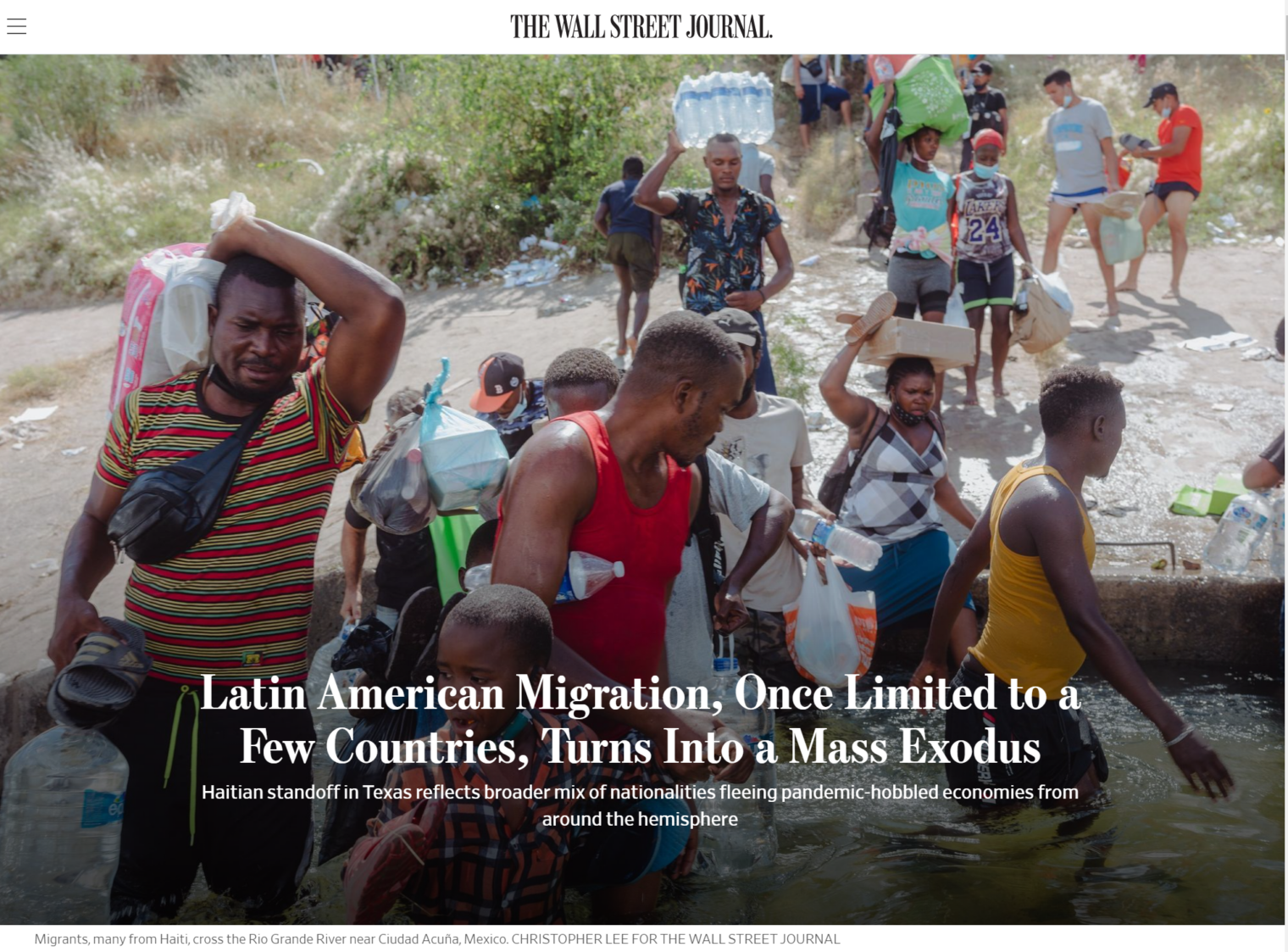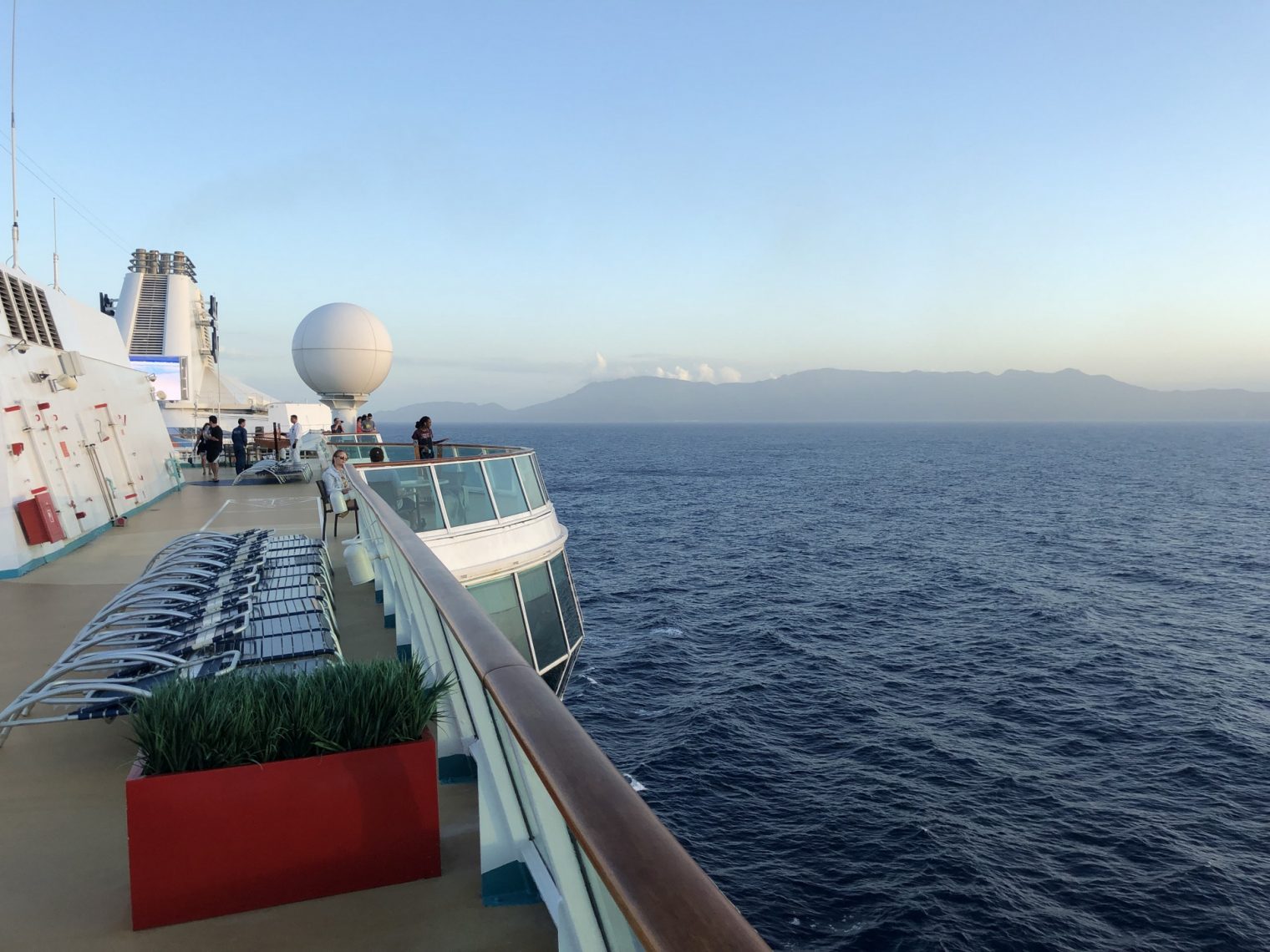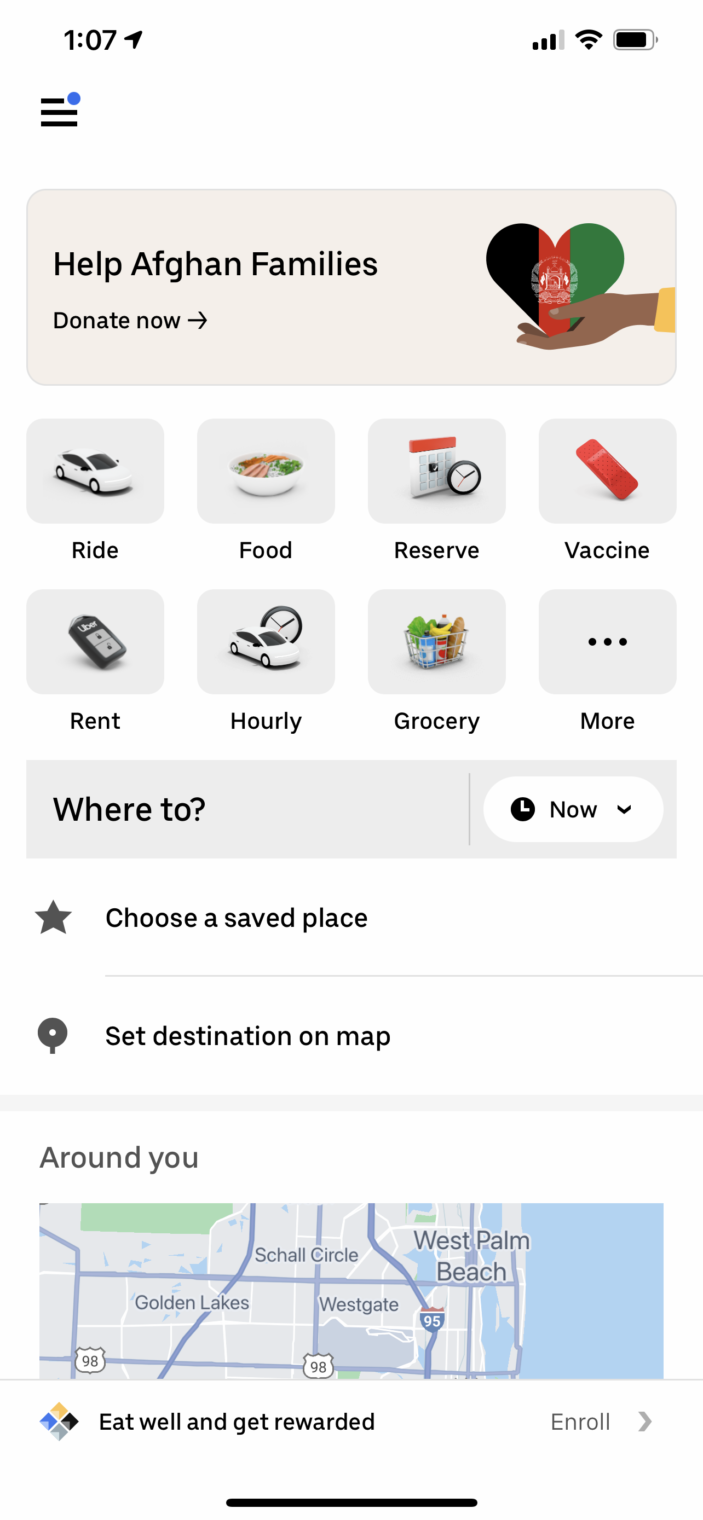On May 22, 2021, the Biden Administration decided that nobody could be sent back to Haiti (DHS.gov):
Today, Secretary of Homeland Security Alejandro N. Mayorkas announced a new 18-month designation of Haiti for Temporary Protected Status (TPS). This new TPS designation enables Haitian nationals (and individuals without nationality who last resided in Haiti) currently residing in the United States as of May 21, 2021 to file initial applications for TPS, so long as they meet eligibility requirements.
“Haiti is currently experiencing serious security concerns, social unrest, an increase in human rights abuses, crippling poverty, and lack of basic resources, which are exacerbated by the COVID-19 pandemic,” said Secretary Mayorkas. “After careful consideration, we determined that we must do what we can to support Haitian nationals in the United States until conditions in Haiti improve so they may safely return home.”
When did this temporary government program start?
Former Secretary of Homeland Security Janet Napolitano initially designated Haiti for TPS in January 2010 based on extraordinary and temporary conditions within the country, specifically the effects of a 7.0-magnitude earthquake. In 2011, Haiti’s designation was extended, and the country was also redesignated for TPS at the same time. Haiti’s designation was subsequently extended again for 18 months in 2013 and 2015, and for an additional six months in 2017.
In January 2018, a Federal Register notice announced termination of Haiti’s TPS designation effective July 22, 2019. Four separate lawsuits challenged that termination. Due to court injunctions and other rulings, TPS for Haiti remains in effect pending case outcomes.
(Proof of the adage that “nothing is more permanent than a temporary government program”?)
The New York Times tells us that Haitians who arrived last week are being deported. Haiti is safe for them. But Haitians who arrived prior to July 29 will find that Haiti is unsafe. Thus, they can stay and enjoy a lifetime of means-tested housing, Medicaid, SNAP/EBT, and Obamaphone (none of which is “welfare” because these are non-cash benefits):
Alejandro N. Mayorkas, the secretary of the U.S. Department of Homeland Security, said on Monday that while the United States has extended protection for Haitians who had arrived in the country before July 29, those who arrive now are not covered.
Once [Aminadel Glezil] was on an airport shuttle, heading to a plane, he realized he was being deported, he said, and began to protest that he had never seen an immigration official and had no deportation order. He said he was beaten by officers and handcuffed for the flight.
“I couldn’t believe a powerful country like the U.S. would treat us that way,” he said.
Many of the migrants said they spent their life’s savings on the arduous trip, on foot and by bus, to the United States.
Some described the long march across a stretch of jungle along the border between Panama and Colombia called the Darien Gap, saying they stumbled past the cadavers of fellow travelers.
Despite receiving billions of dollars in reconstruction aid after a devastating earthquake in 2010, Haiti is a dangerous and politically turbulent country.
Armed gangs control many areas. Poverty and hunger are rising. The country’s few institutions are so underfunded as to seem meaningless, and its Parliament, with only eleven elected officials still in office, was stunned this summer by the assassination of President Jovenel Moïse.
If it is our moral duty to accept Haitians who arrived prior to July 29, and provide them with 3 or 4 generations of what was formerly called “welfare”, why don’t we have any duty to provide residence and citizenship to those who arrived after July 29? If we don’t have a moral duty to Haitians who walked into Texas after July 29, why do we have any duty to continue to house, feed, and provide health care to those who arrived before July 29?
Separately, how are any Haitians being deported? If they say that they’re being attacked at home, they can apply for asylum as domestic violence survivors. If they say that they identify as LGBQTIA+, they can apply for asylum on the grounds that their neighbors back home in Haiti are anti-LGBTQIA+ (“Lesbian, gay, bisexual, and transgender (LGBT) persons in Haiti may face social and legal challenges not experienced by non-LGBT residents … Public opinion tends to be opposed to LGBT rights, which is why LGBT people are not protected from discrimination, are not included in hate crimes laws and households headed by same-sex couples do not have any of the legal rights given to married couples.” — Wikipedia). They can claim that gangs back in Haiti will kill them if they show up. At a minimum, they should be entitled to a multi-year process of hearings, etc. Assuming that Haitians do any research at all into U.S. asylum procedure, how are we able to just round people up and put them on a chartered airliner without hearing their asylum tale?
(A friend of a friend has been extracting people from Afghanistan and delivering them into the U.S. refugee/asylum system. He advises all of the asylum-seekers to claim LGBTQIA+ orientation as the reason that they can’t live among fellow devout Muslims. Note that this doesn’t always work. My friend who observed the drama of Au pair to green card later employed a Ukrainian au pair who tried the asylum gambit by claiming that she was being targeted by the police for going to a Pride rally and that she was herself LGBTQIA+. This was ultimately unsuccessful due to Ukraine not having any laws against LGBTQIA+ sexual activity.)
Finally, if Biden is deporting Haitians into a society that his own administration says is “experiencing serious security concerns, social unrest, an increase in human rights abuses, crippling poverty, and lack of basic resources, which are exacerbated by the COVID-19 pandemic”, how does that make him better than Donald Trump? Is the argument that Trump deported migrants in economy seats while Biden is deporting migrants in First Class?
So many questions! I hope readers can enlighten me.
Related:
- “U.S. expulsions of Haitians may violate international law – UN refugee boss” (Reuters): The mass expulsion of Haitians from the United States without screening for their protection needs may contravene international law and constitute forced returns, the United Nations’ top refugee official Filippo Grandi said on Tuesday. He urged the United States to lift its Title 42 health-related restrictions in place since March 2020, saying they “deny most people arriving at the southwest U.S. land border any opportunity to request asylum”. “The summary, mass expulsions of individuals currently under way under the Title 42 authority, without screening for protection needs, is inconsistent with international norms and may constitute refoulement,” Grandi said in the Geneva-based agency’s strongest statement since the crisis began. … “We are disturbed by the images that we have seen and by the fact that we have seen all these migrants and refugees and asylum-seekers in transport to Port-au-Prince,” U.N. human rights spokesperson Marta Hurtado told a briefing in Geneva. “We are seriously concerned by the fact that it appears there have not been any individual assessments of the cases … and that therefore maybe some of these people have not received the protection that they needed.” … “While some people arriving at the border may not be refugees, anyone who … claims to have a well-founded fear of being persecuted in their country of origin – they should have access to asylum and to have their claim assessed before being subjected to expulsion or deportation,” U.N. refugee agency spokesperson Shabia Mantoo told the briefing.
Full post, including comments 







